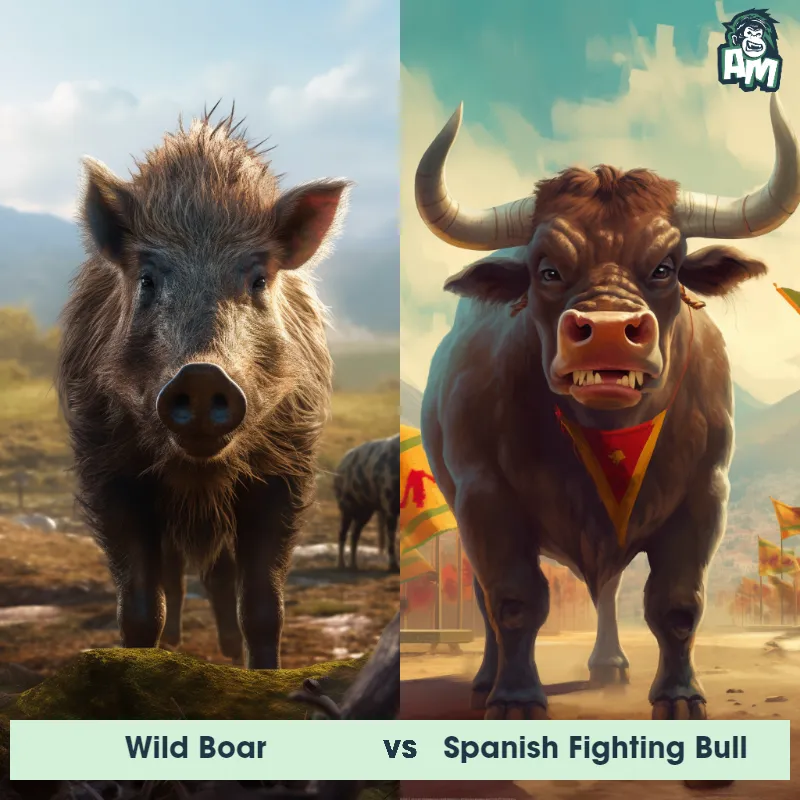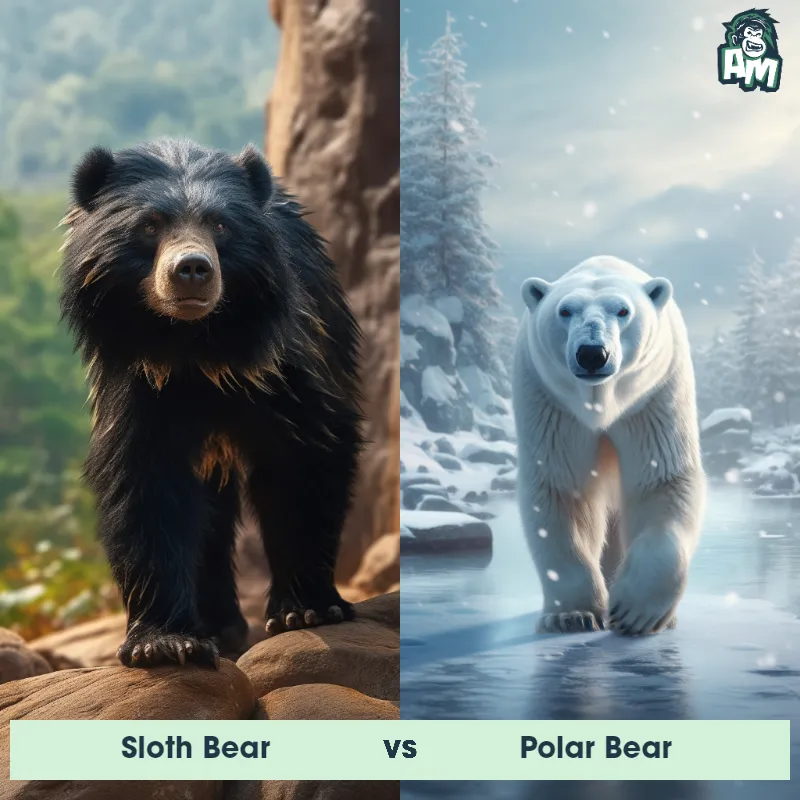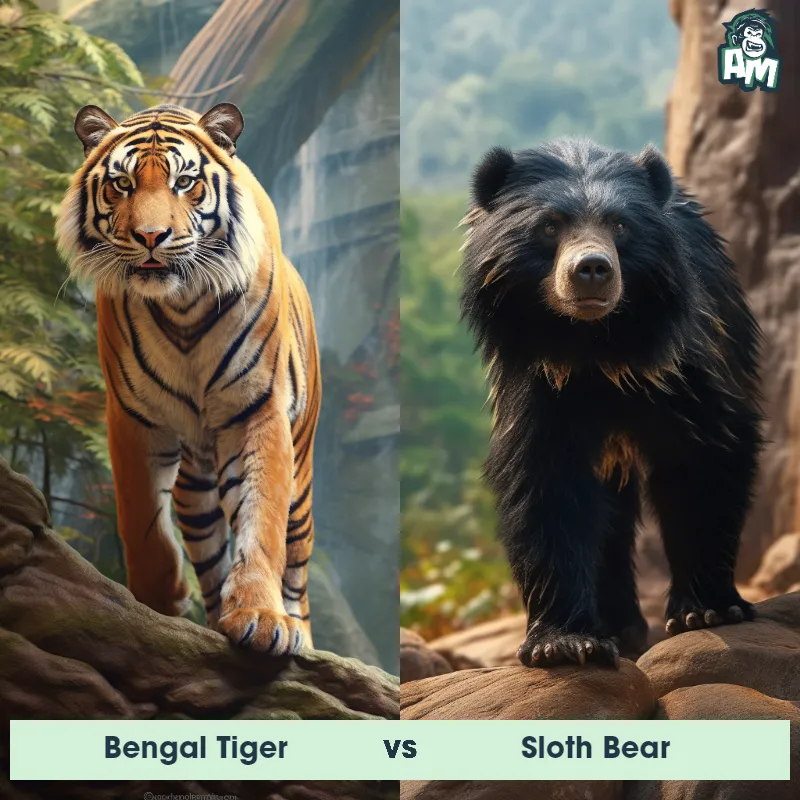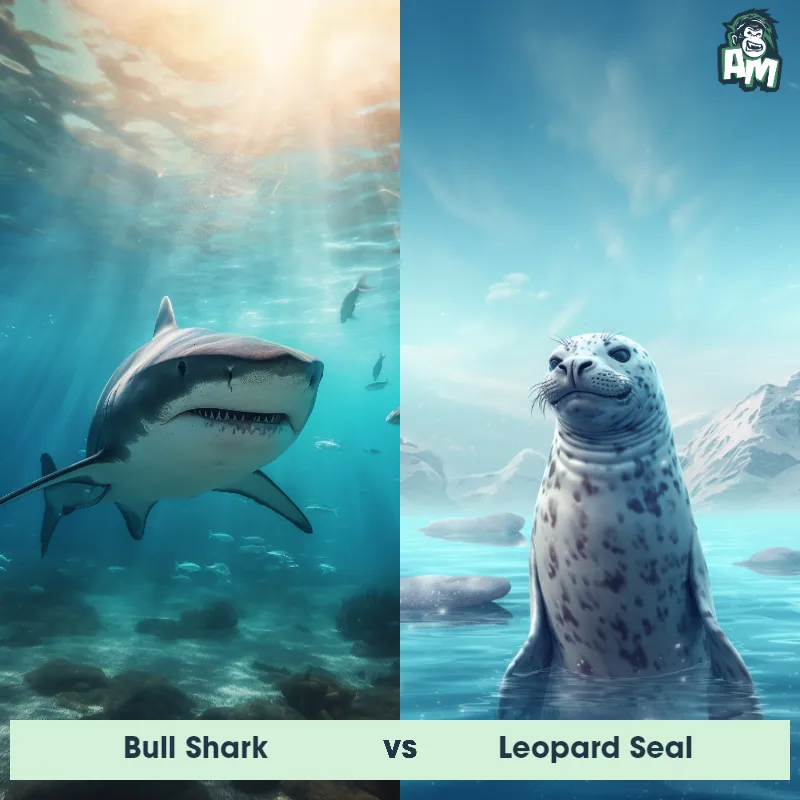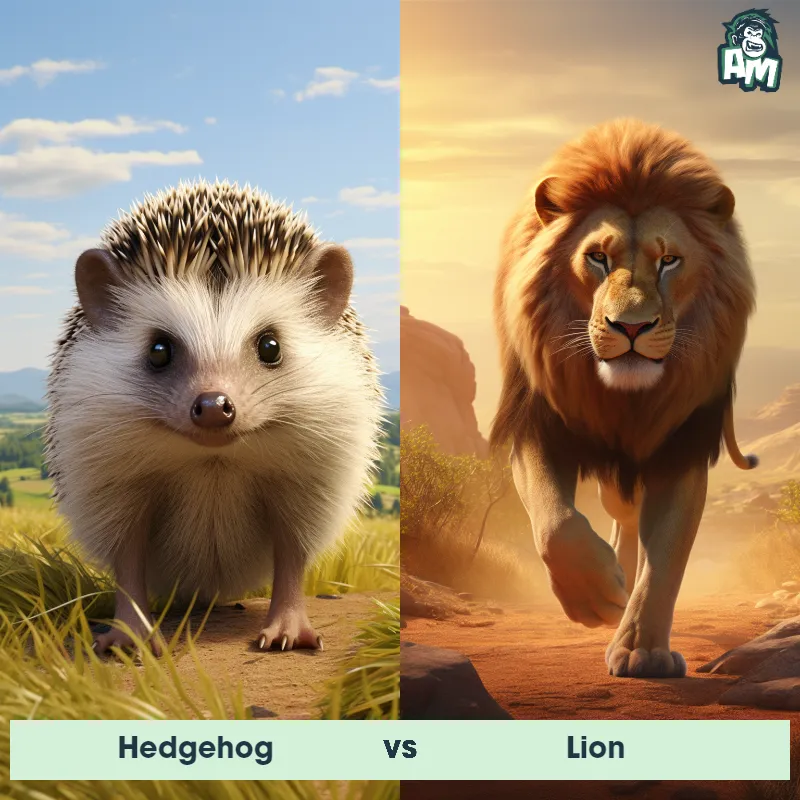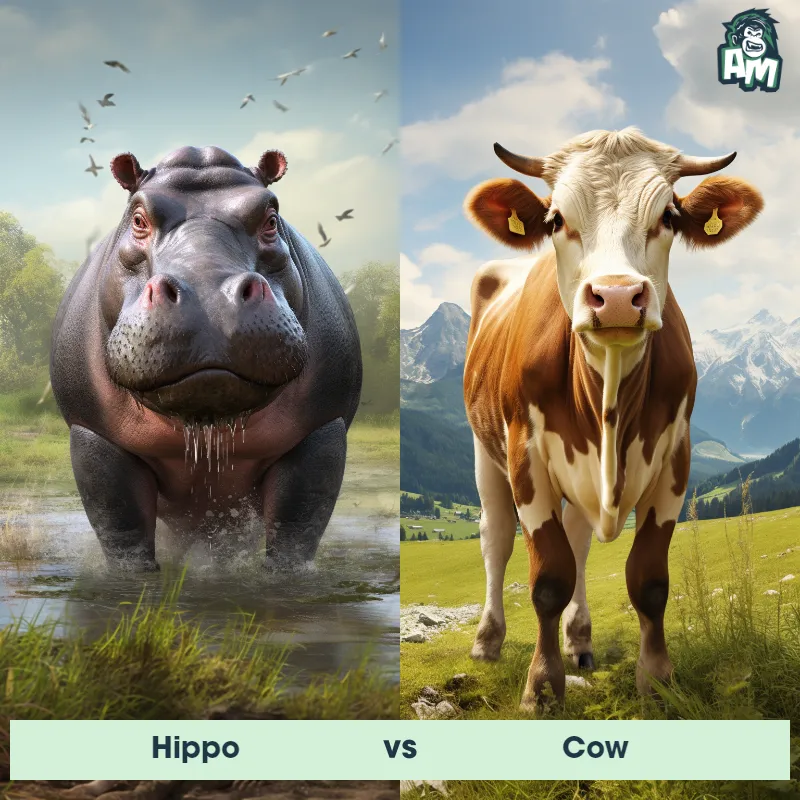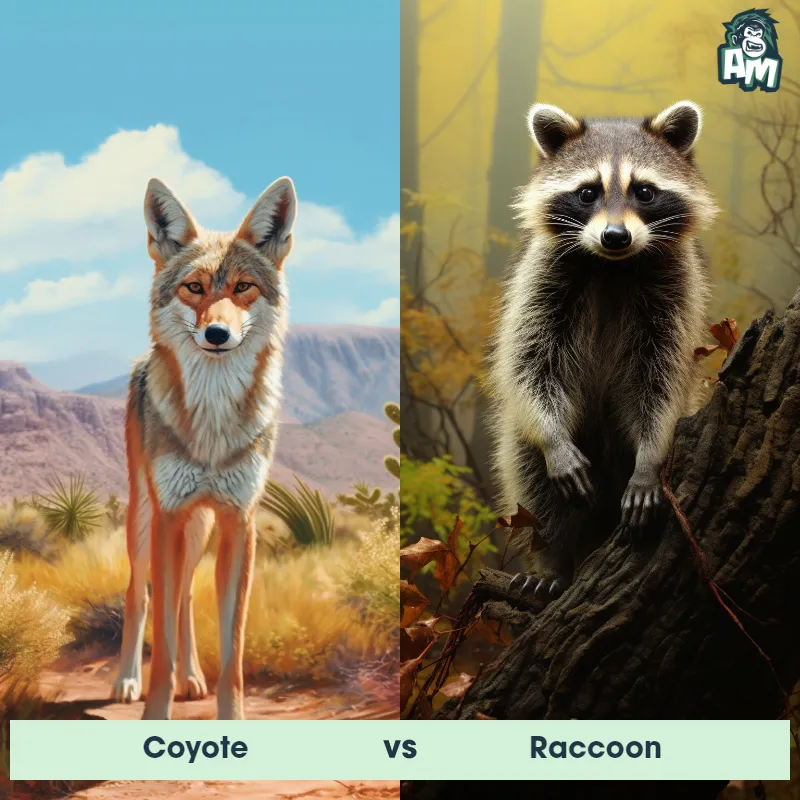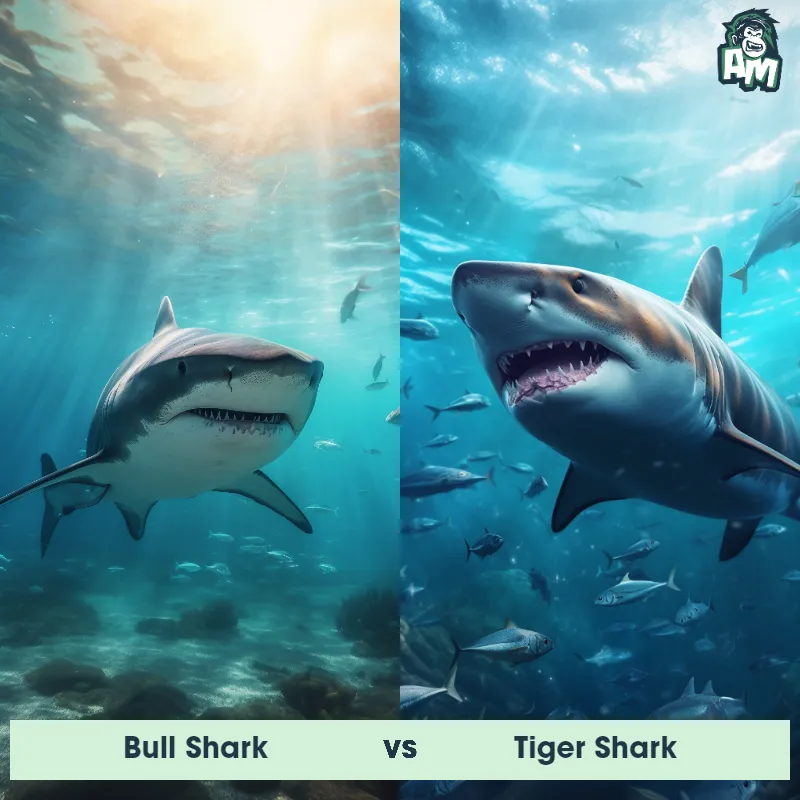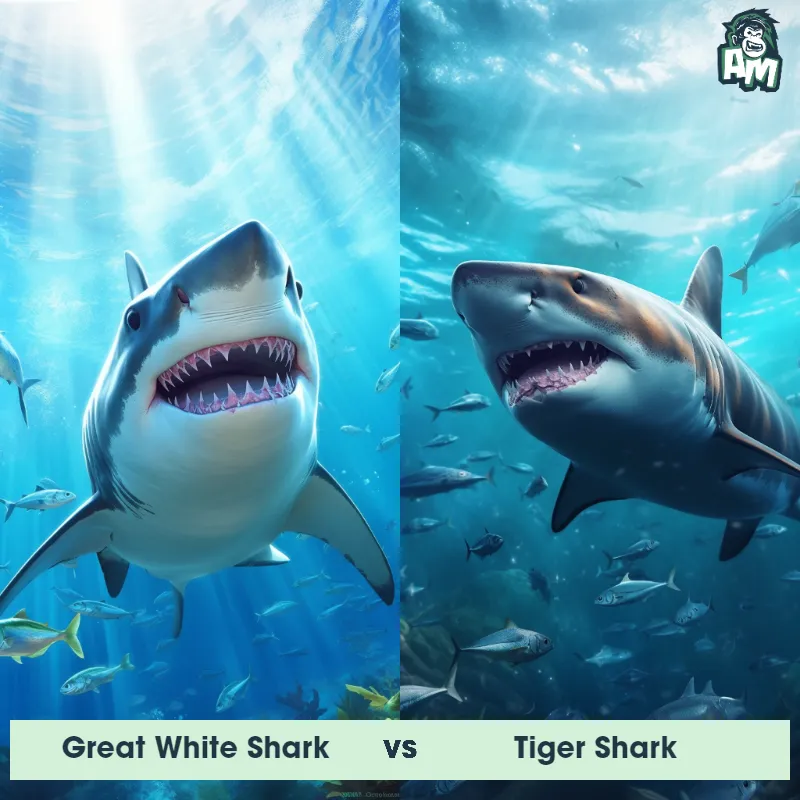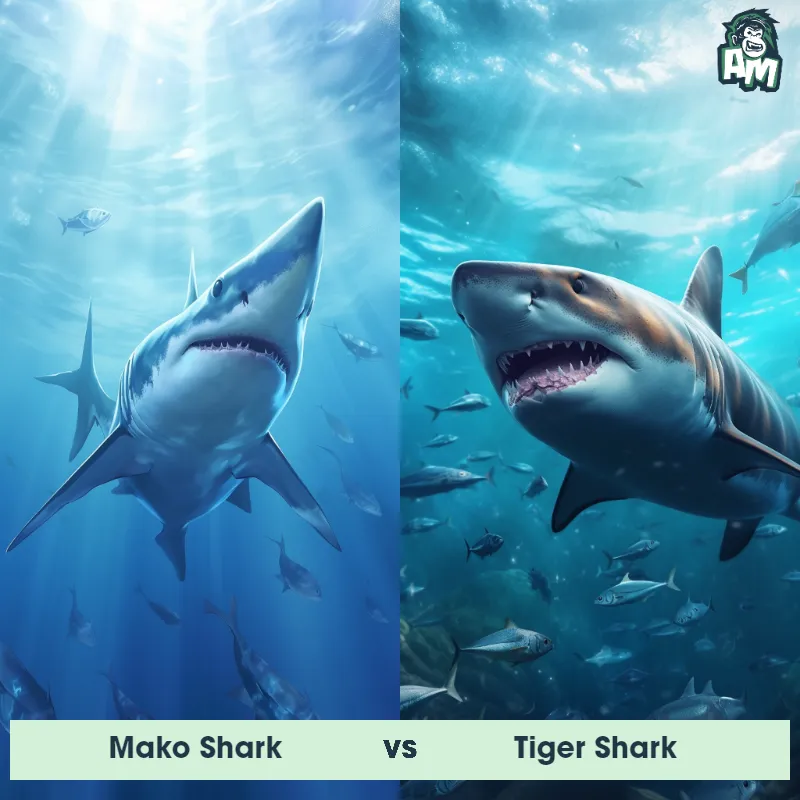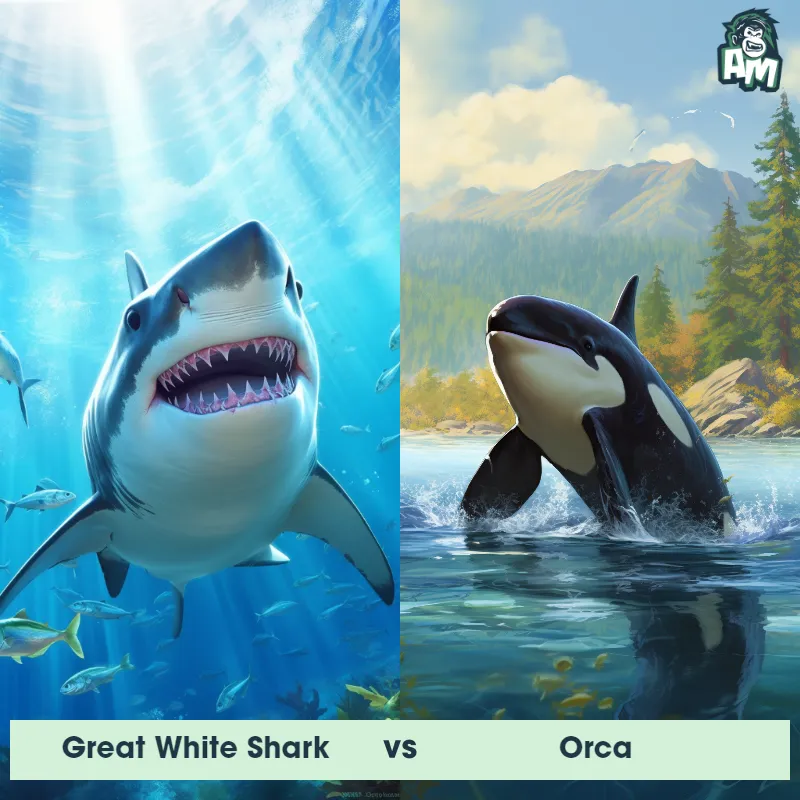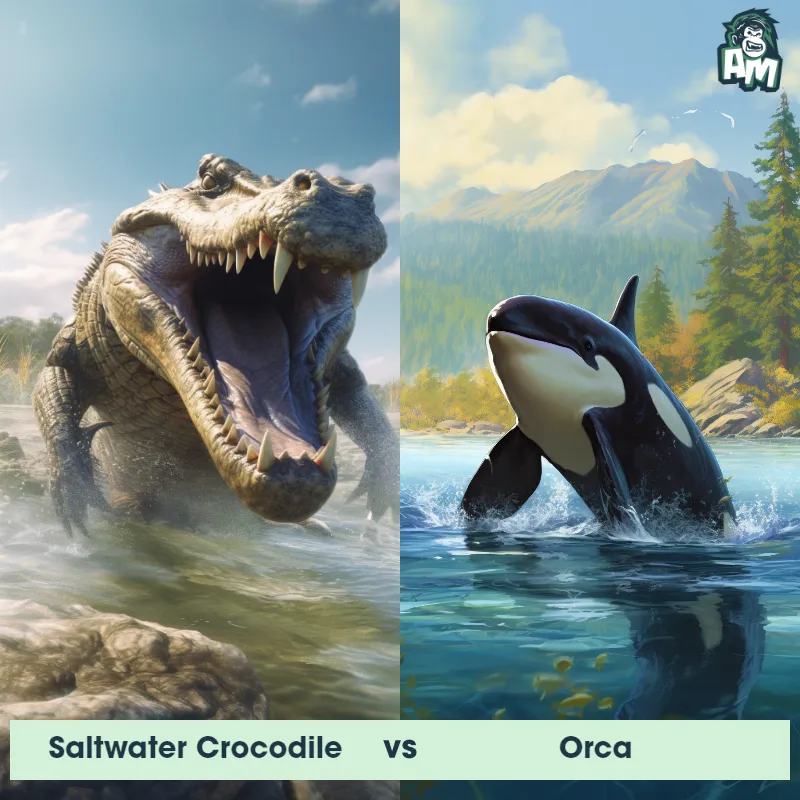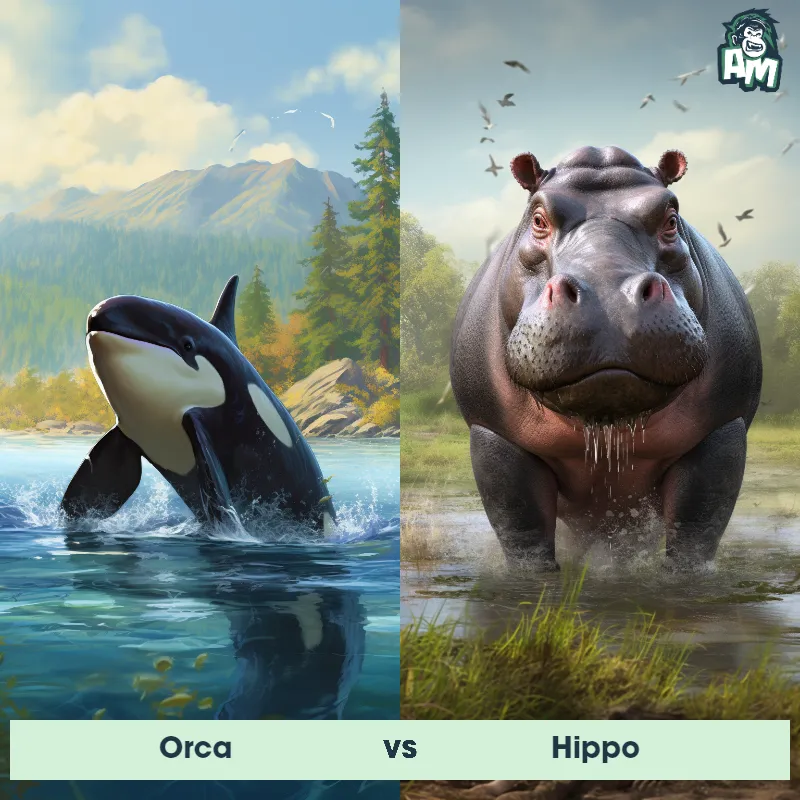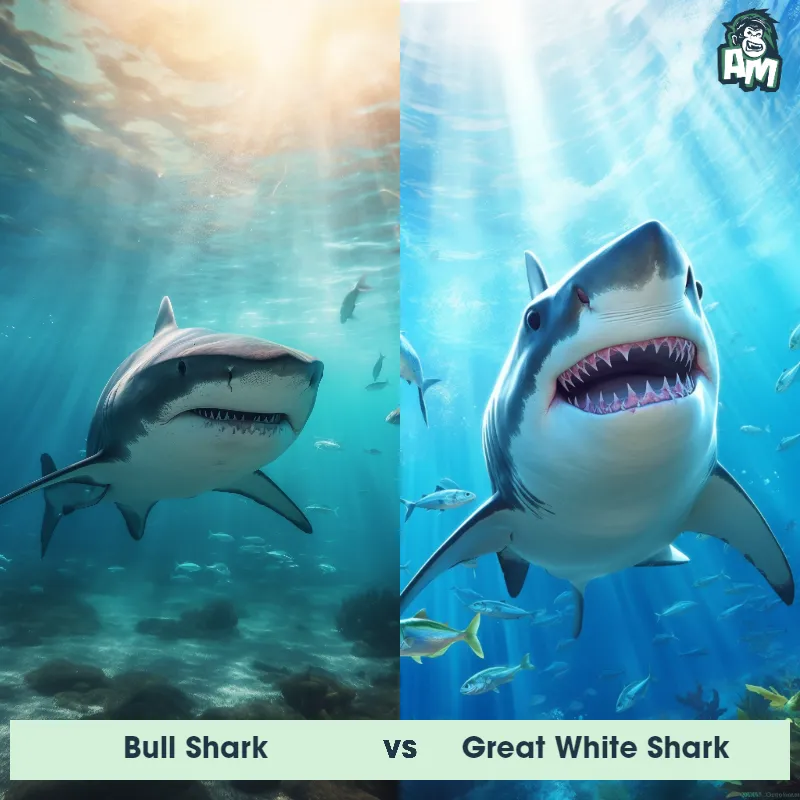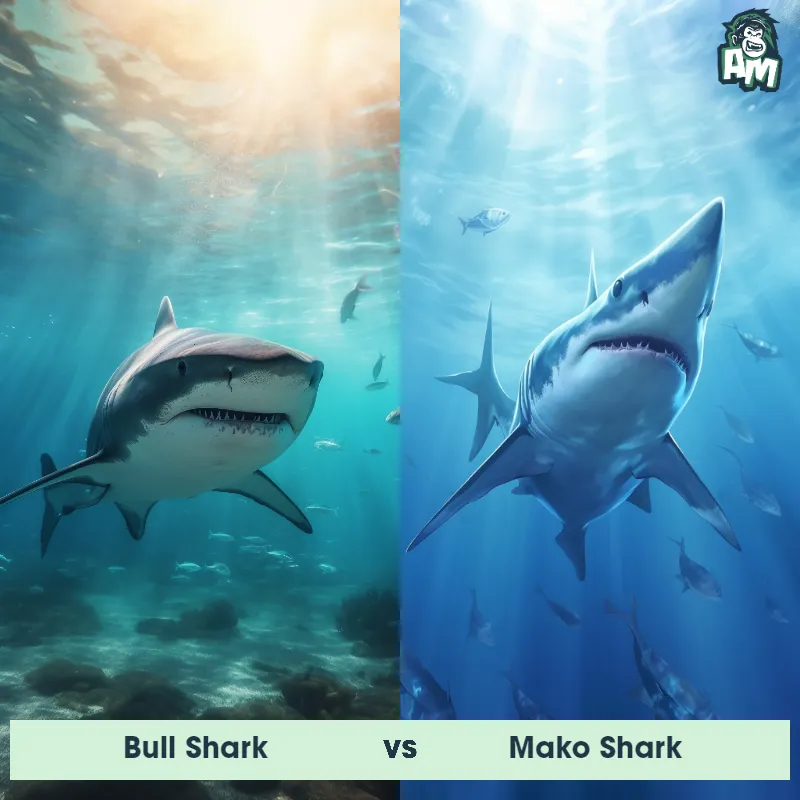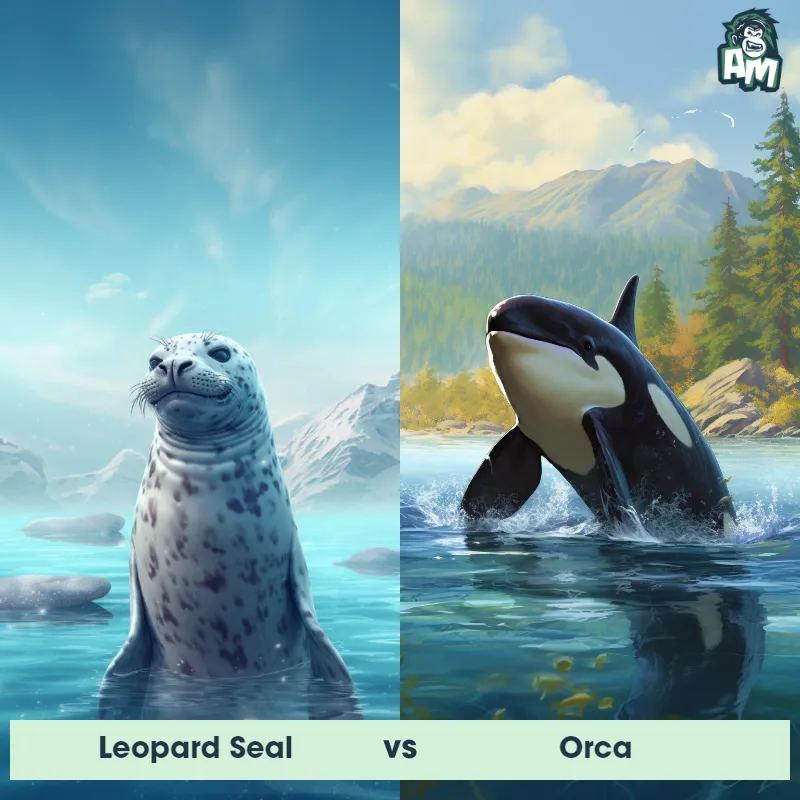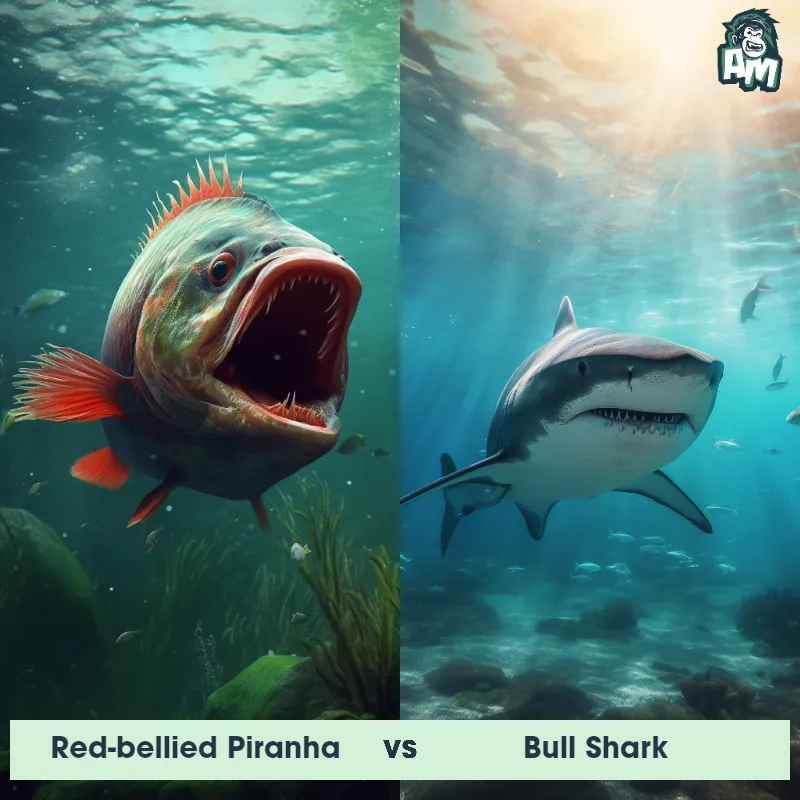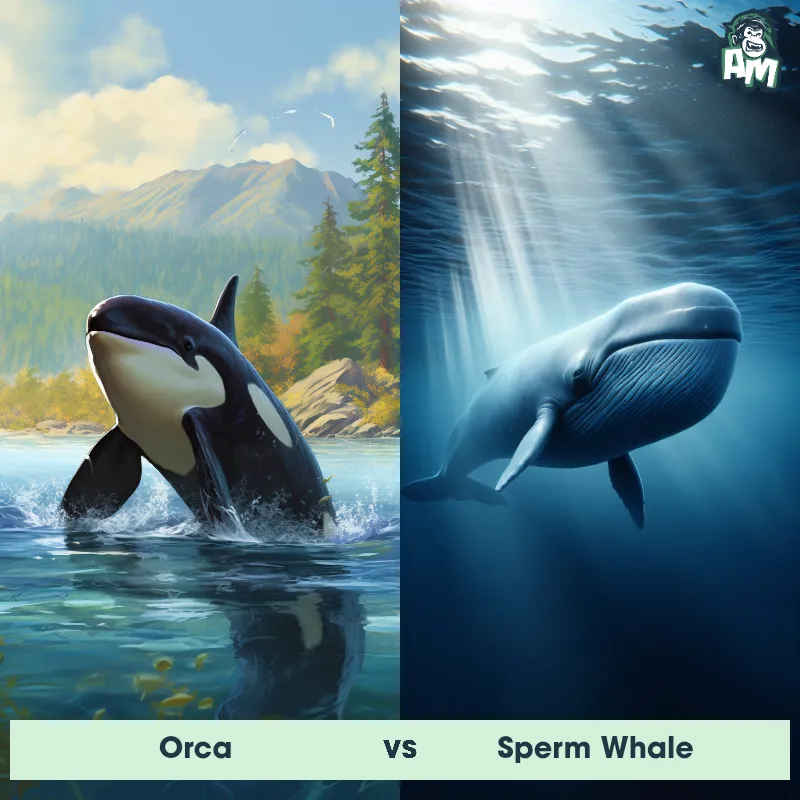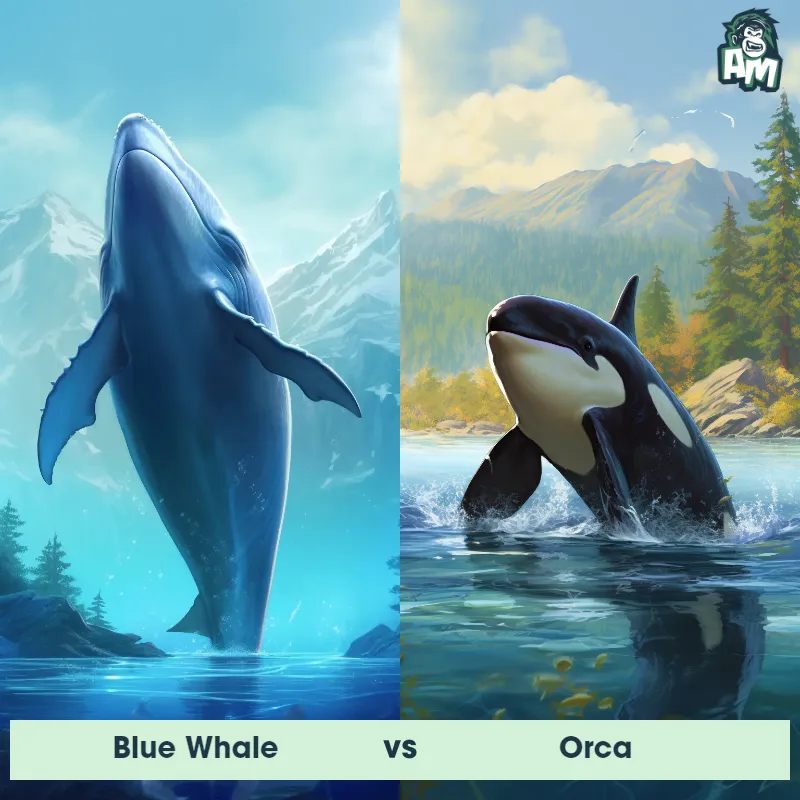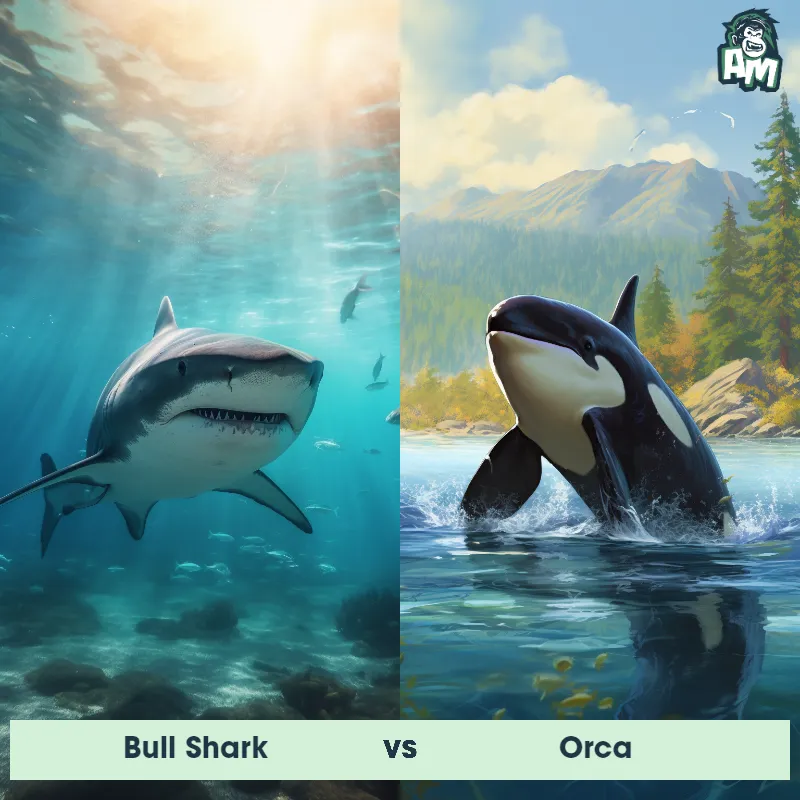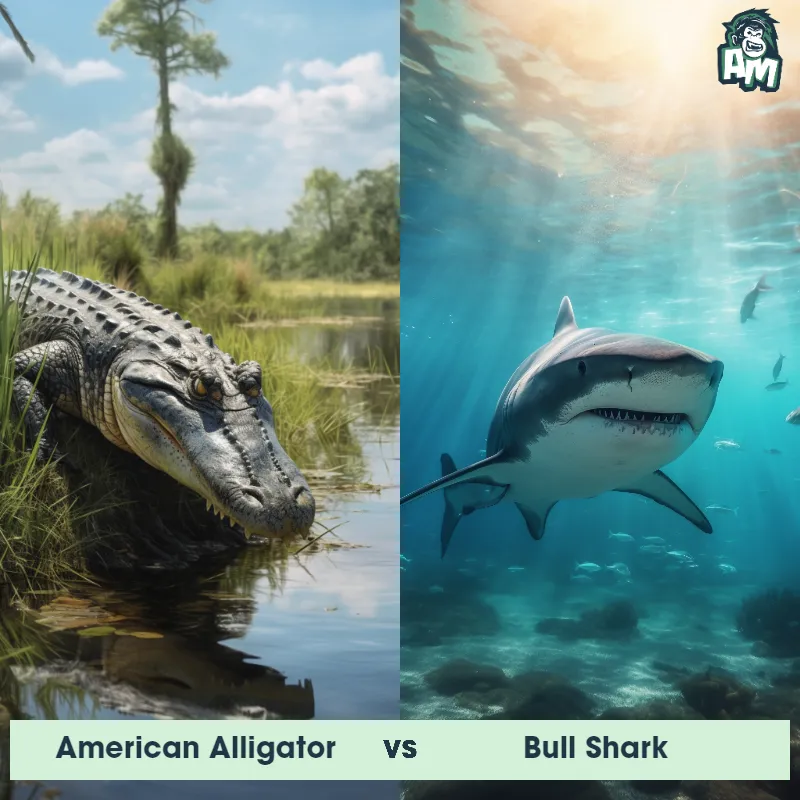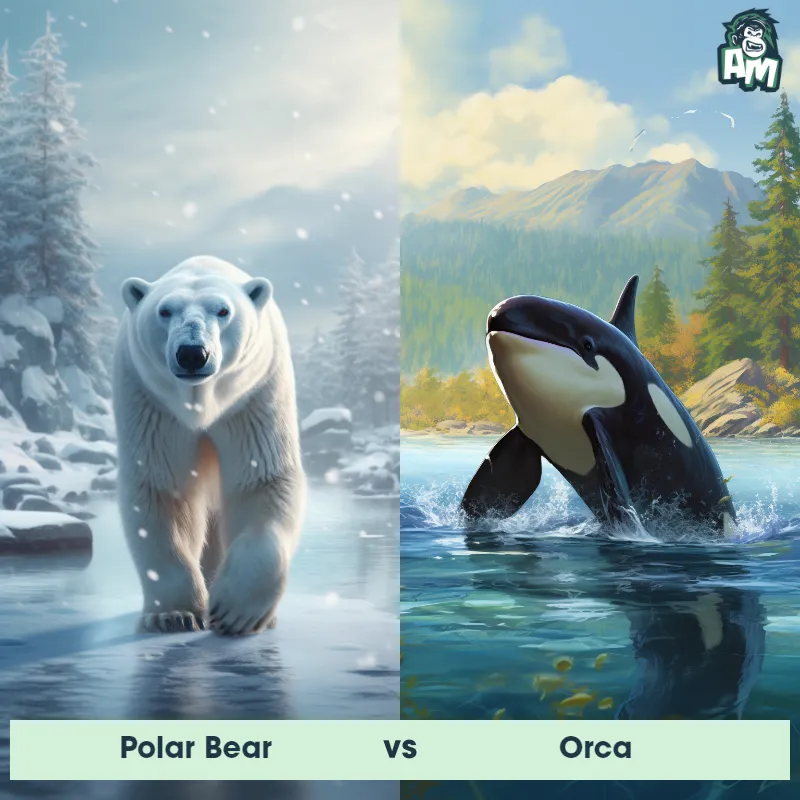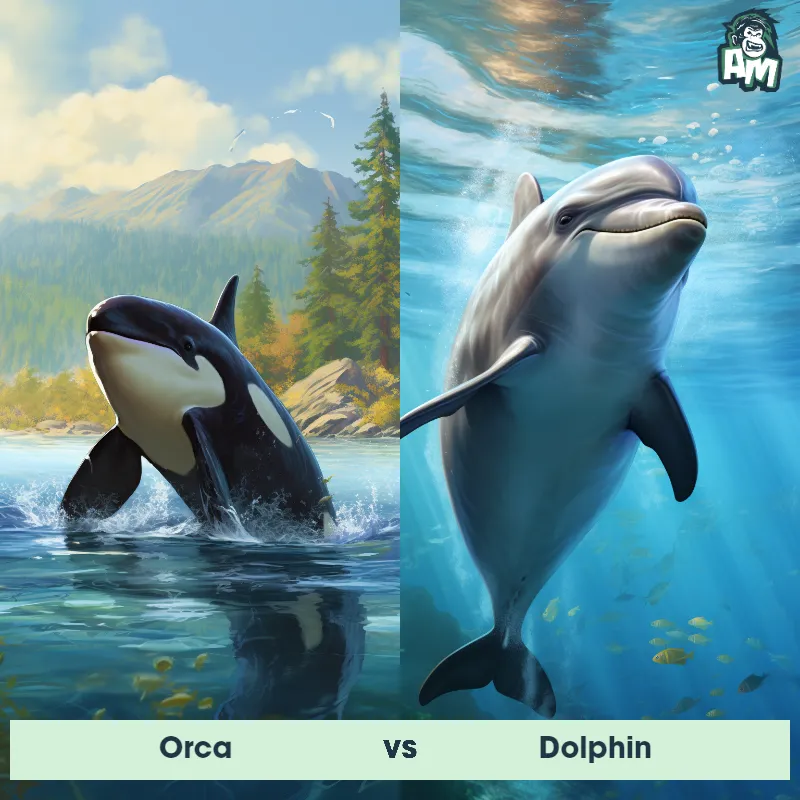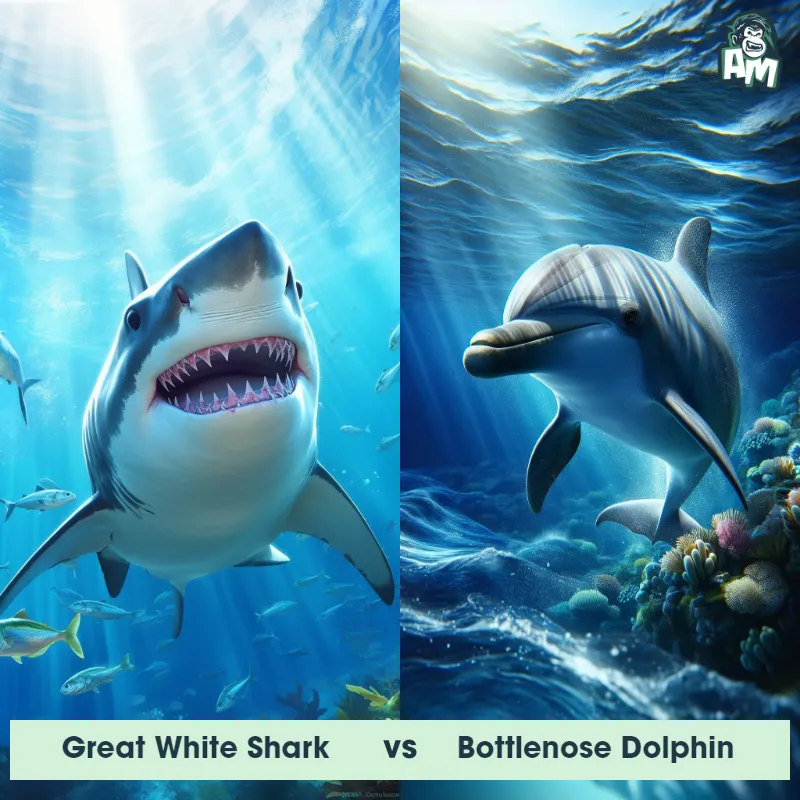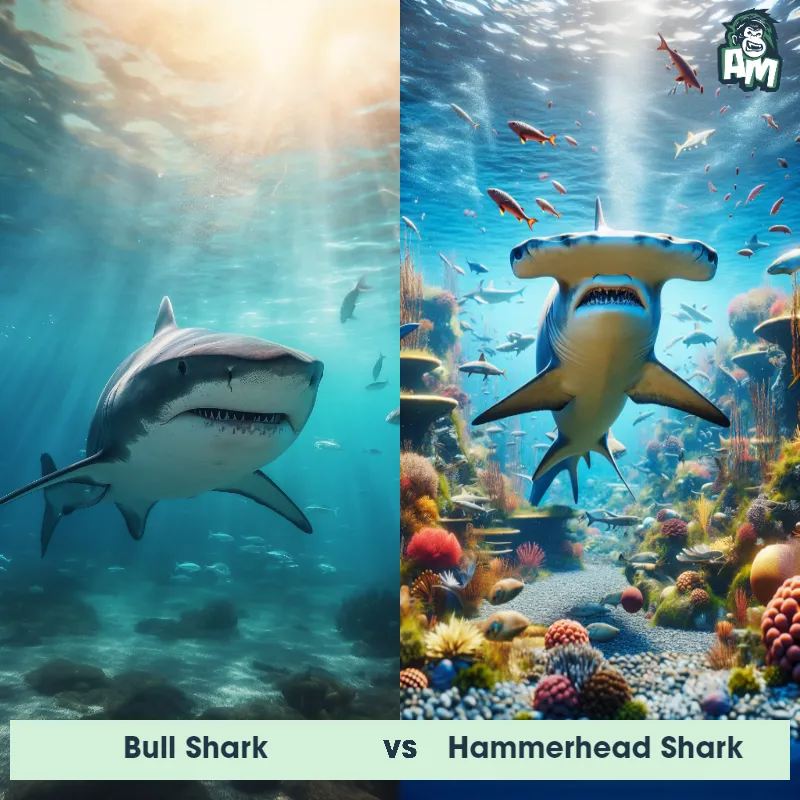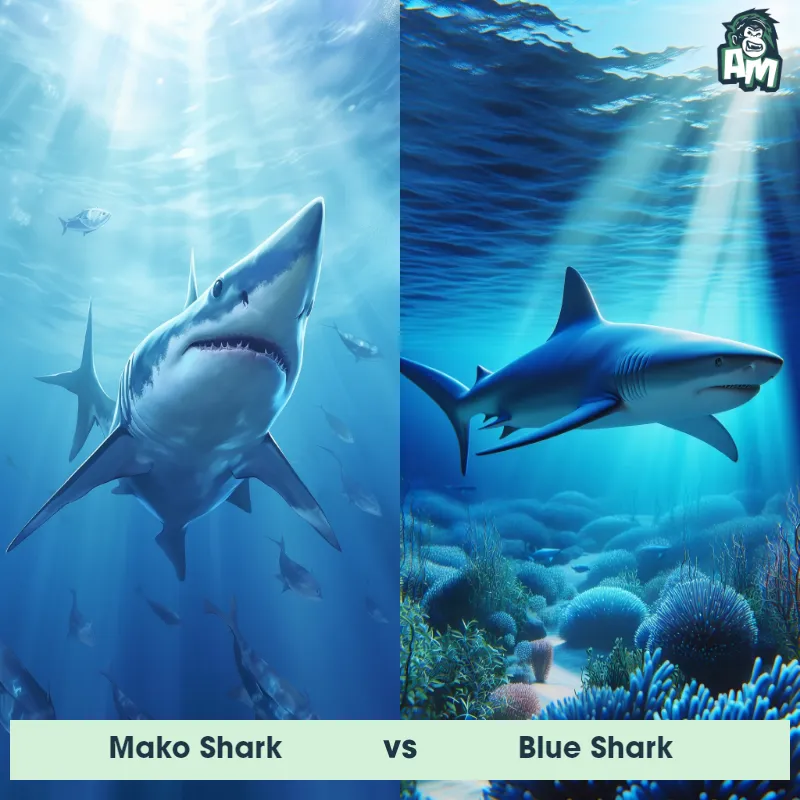Tiger Shark vs DolphinSee Who Wins

Ladies and gentlemen, welcome to this thrilling matchup between two fascinating creatures of the deep sea. Get ready for an epic showdown between a Tiger Shark and a Dolphin! The anticipation is high as we watch these apex predators prepare to take on each other in this ultimate contest of strength and agility. Let the battle begin!
Contender 1: Tiger Shark
The Tiger Shark, also known as Galeocerdo cuvier, is a large predatory shark that can grow up to 18 feet in length and weigh over 1,400 pounds. It is named for its distinctive striped pattern on its back, which fades as the shark ages. Tiger Sharks have a broad, flat head and powerful jaws filled with serrated teeth that can easily crush through the shells of sea turtles and clams. They are found in warm waters around the world and are known for their voracious appetite and ability to eat almost anything, including garbage and even other sharks.
Fun Fact: Tiger Sharks have a unique hunting strategy where they will bump into their prey before attacking, a behavior known as "bump and bite."
Contender 2: Dolphin
The Dolphin is a highly intelligent marine mammal known for its playful and sociable behavior. They belong to the family Delphinidae and are characterized by their streamlined bodies, prominent dorsal fins, and bottle-shaped noses. Dolphins have a smooth, rubbery skin that is typically gray with lighter undersides, and they vary greatly in size depending on the species. They are well-known for their acrobatic displays, leaping high out of the water, and riding swells and waves.
Fun Fact: Dolphins have a unique way of communicating and navigating their environment through echolocation, emitting a series of clicks and listening to the echo to determine the location and shape of nearby items.
Matchup Stats
| Tiger Shark | Dolphin | |
|---|---|---|
| Size | Up to 18 feet (5.5 meters) | 6-12.5 feet (1.8-3.8 meters) |
| Weight | Over 1,400 pounds (635 kilograms) | 330-440 lbs (150-200 kg) |
| Speed | Speed: 20-30 mph (32-48 km/hr) | 22mph (35km/h) |
| Key Strength | Powerful jaws and teeth | Intelligence and speed |
| Biggest Weakness | Vulnerable to attacks on the gills | Limited mobility on land |
Current Votes
Tiger Shark vs Dolphin
See Who Wins
View More Matches
Looking For More?
Similar Matches
Scientific Stats
| Tiger Shark | Dolphin | |
|---|---|---|
| Scientific Name | Galeocerdo cuvier | Delphinus delphis |
| Family | Carcharhinidae | Delphinidae |
| Habitat | Warm waters | Ocean and Seas |
| Geography | Found worldwide | Worldwide, mostly in shallow seas of the continental shelves |
| Diet | Varied, including sea turtles, clams, garbage, and other sharks | Fish and Squid |
| Lifespan | 27 years - 50 years | 20 years - 60 years |
Key Differences between Tiger Shark and Dolphin
- Body shape: Tiger Sharks have a robust and streamlined body, with a thick cylindrical shape and a blunt snout, while Dolphins have a sleek and elongated body, tapering into a distinctive beak-like snout.
- Size: The Tiger Shark is significantly larger than the Dolphin, with adult Tiger Sharks reaching lengths of up to 16 feet, while Dolphins typically measure around 8 to 10 feet.
- Coloration: Tiger Sharks have a distinctive color pattern, with dark gray or blue-gray upper bodies and lighter, sometimes white, underbellies, whereas Dolphins feature a uniform gray color all over their bodies.
- Dentition: The Tiger Shark's most prominent feature is its multiple rows of serrated teeth, numbering around 48 to 50 in each jaw, constantly replaced throughout their lifetime. In contrast, Dolphins have a single row of sharp conical teeth, specifically adapted for capturing and gripping slippery prey like fish and squid.
- Tail shape: Tiger Sharks have a large, powerful crescent-shaped tail with a notch in the upper lobe, allowing for efficient propulsion, while Dolphins possess a horizontally flattened tail with a pronounced dorsal fin, aiding in rapid swimming and directional control.
- Skin texture: Tiger Sharks have rough, abrasive skin known as dermal denticles, resembling small modified scales, providing them with protection and reducing friction as they swim, whereas Dolphins have smooth and rubbery skin adapted for fast and dynamic movement through water.



